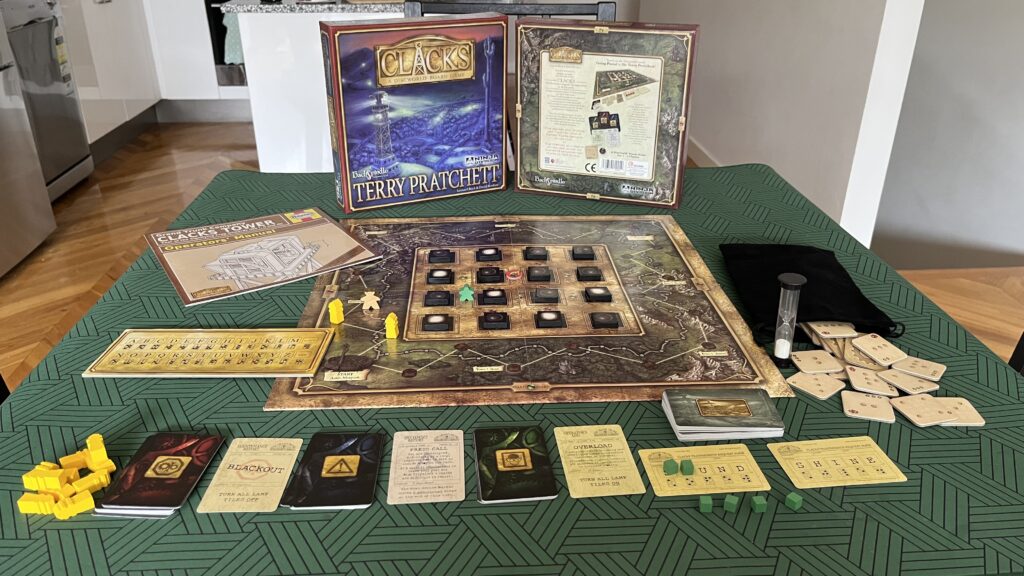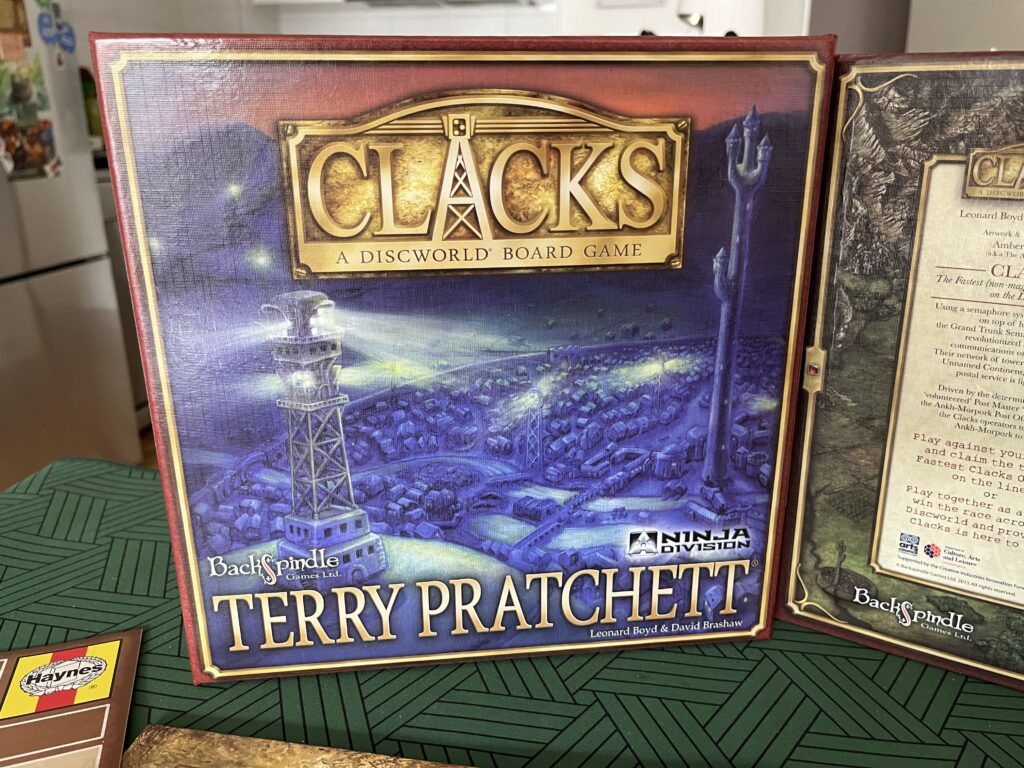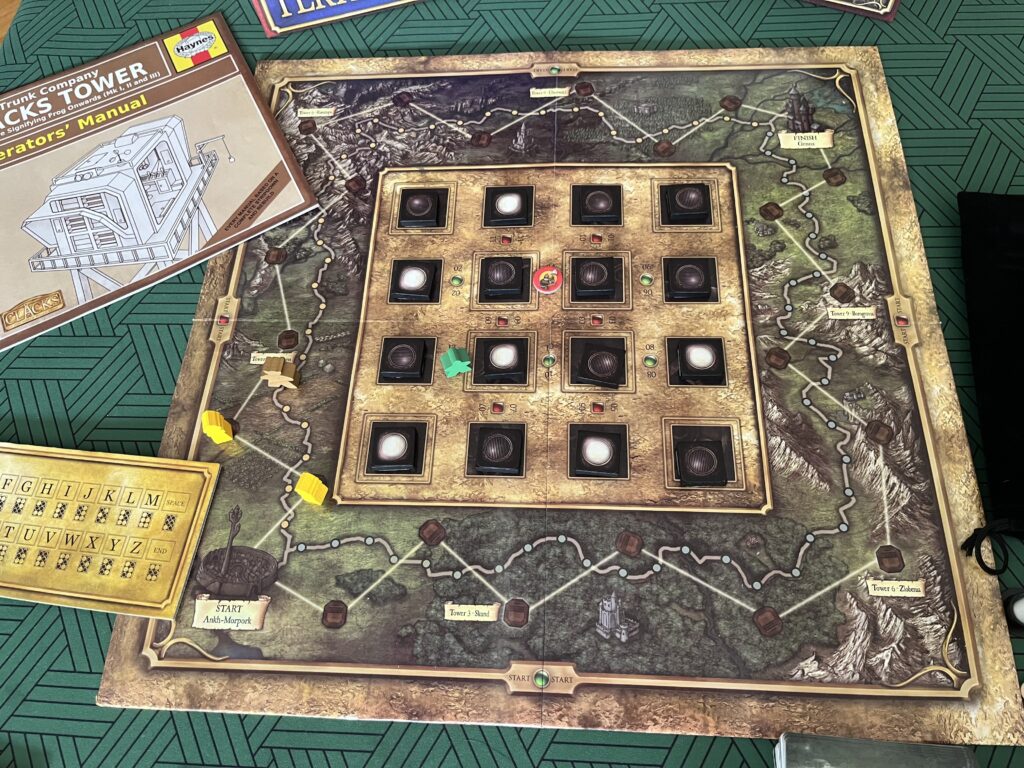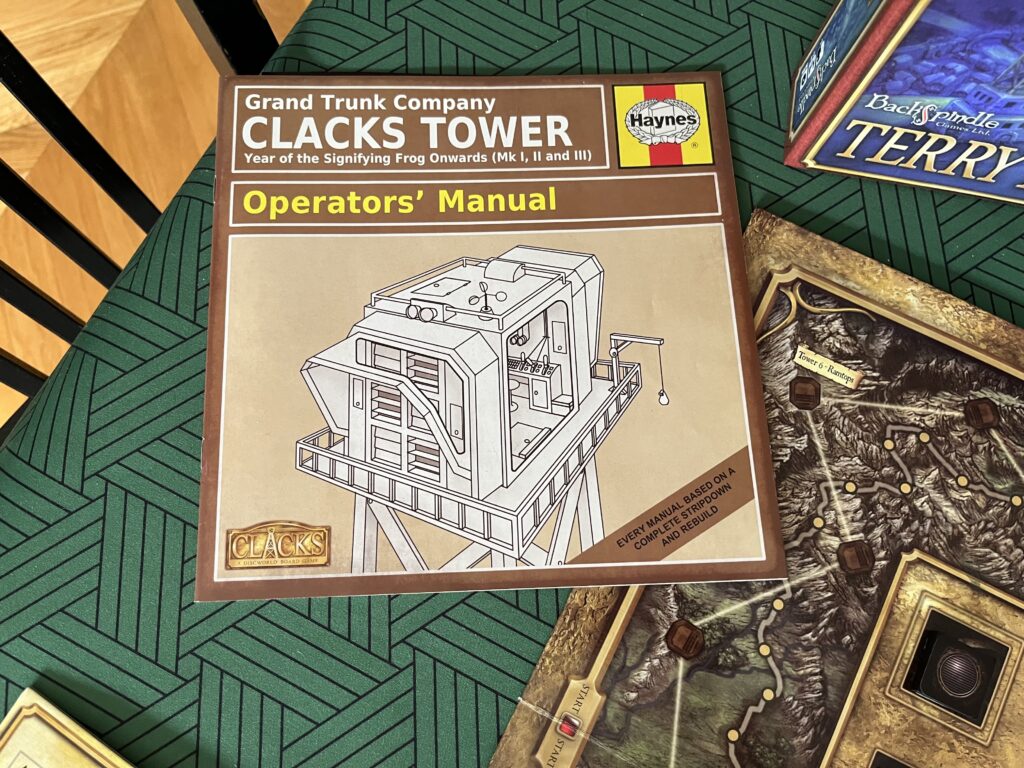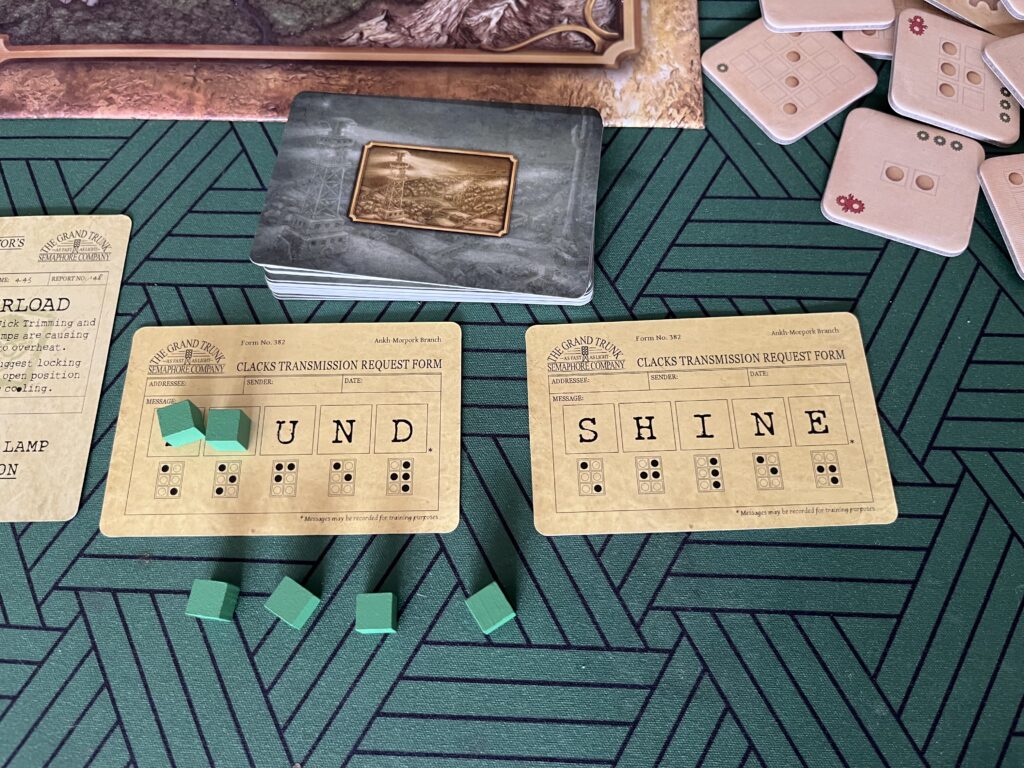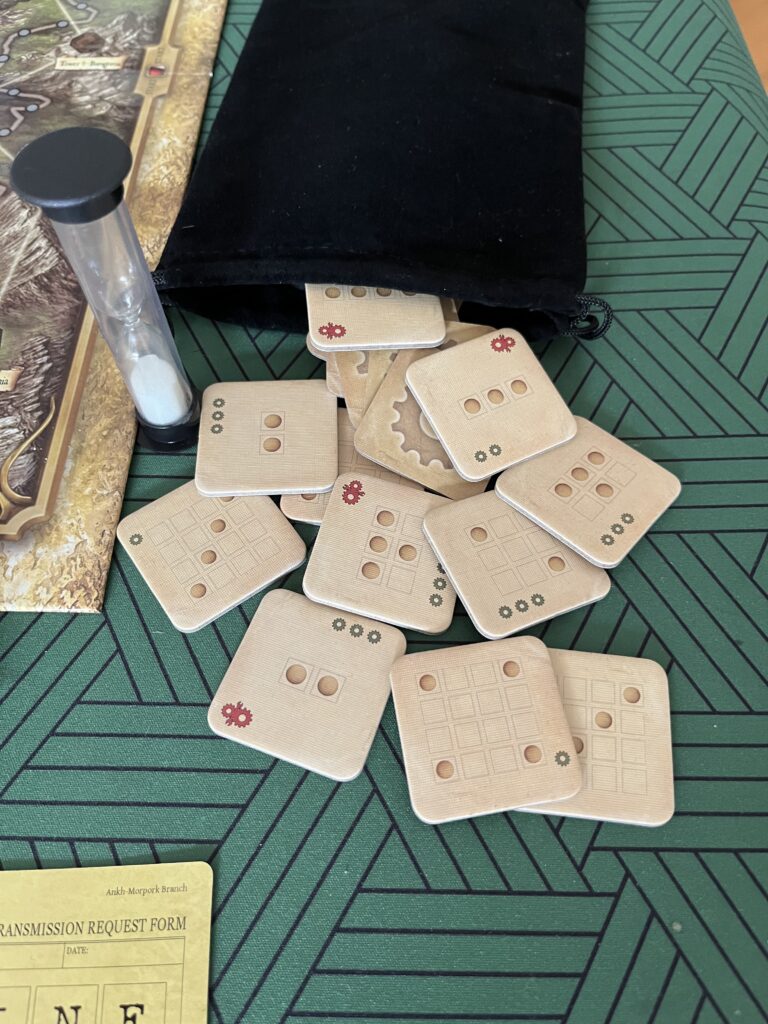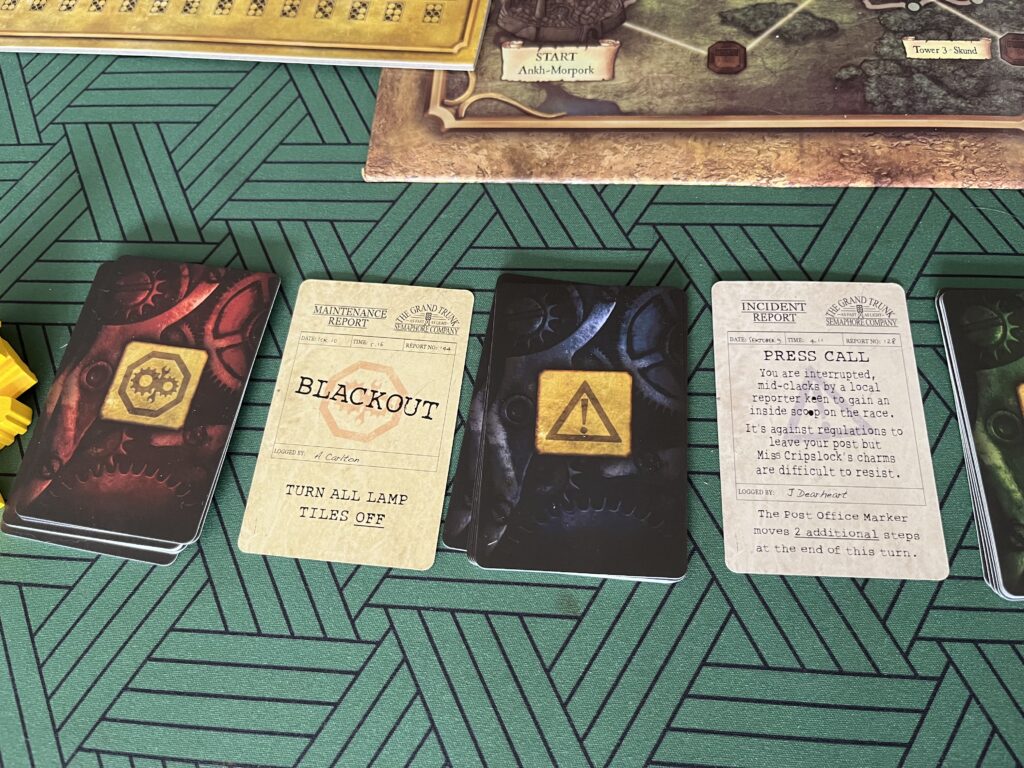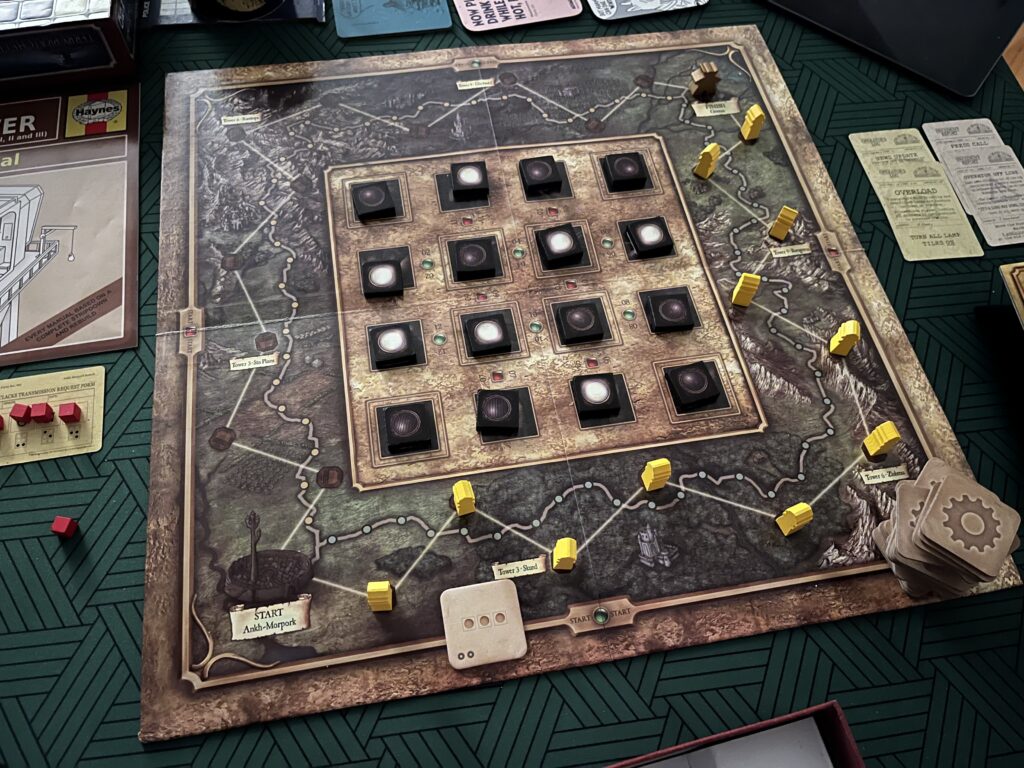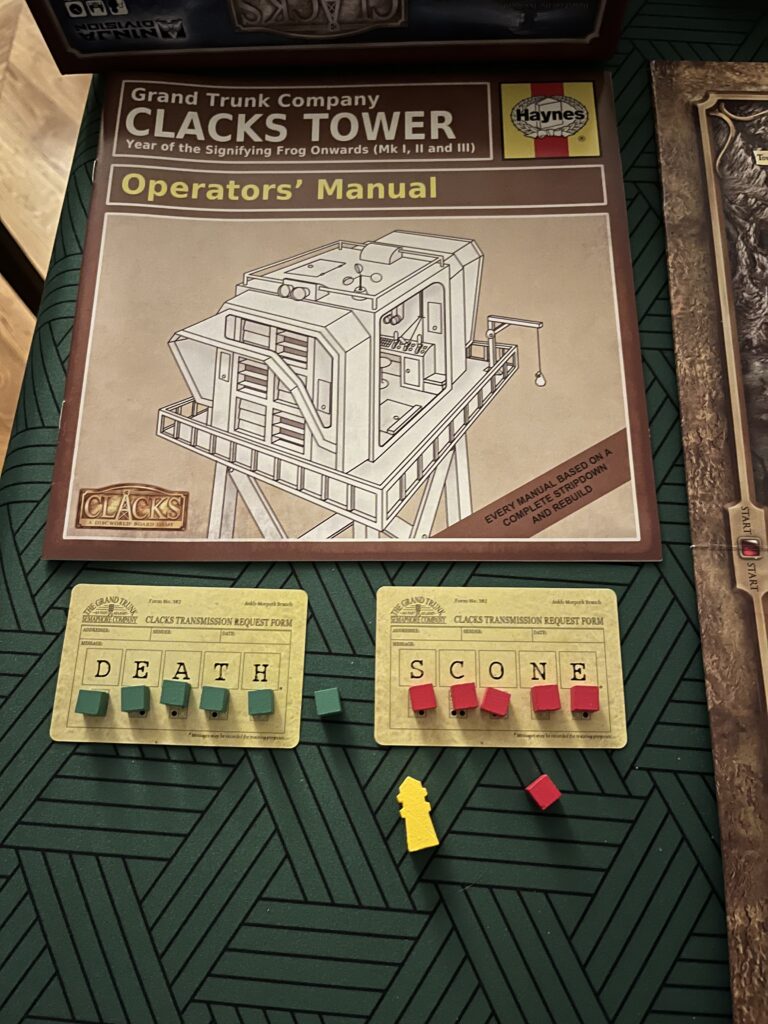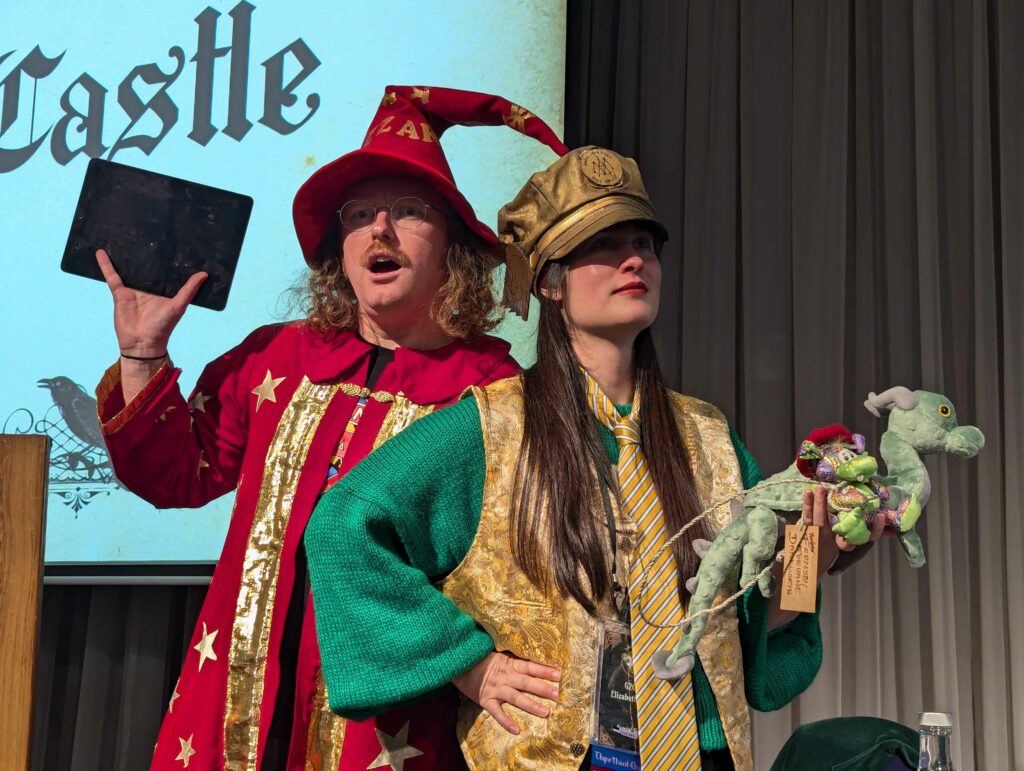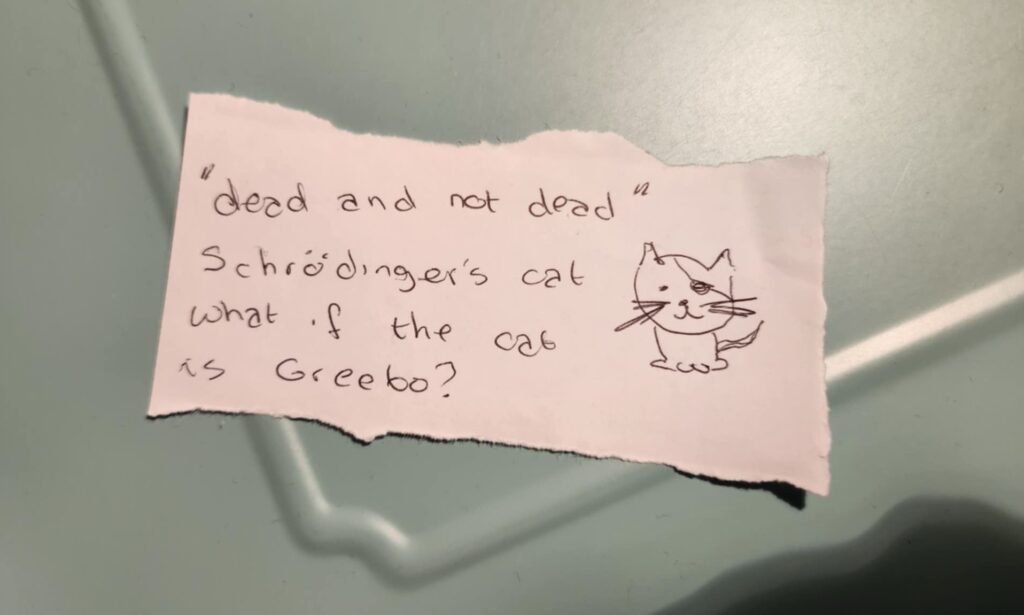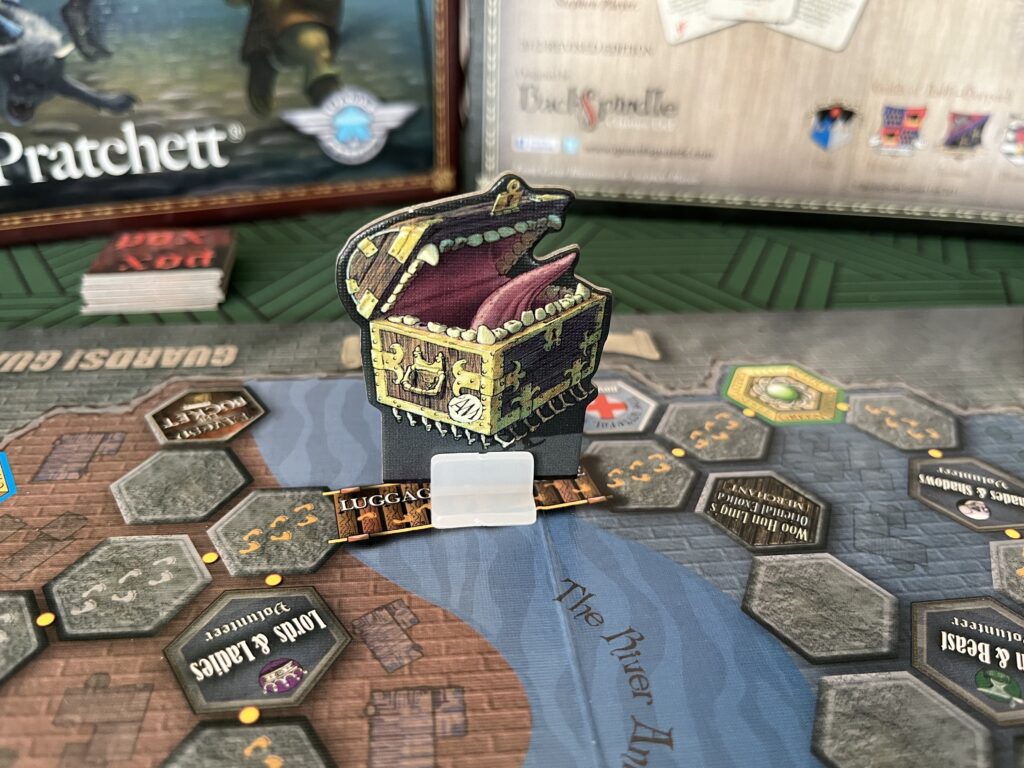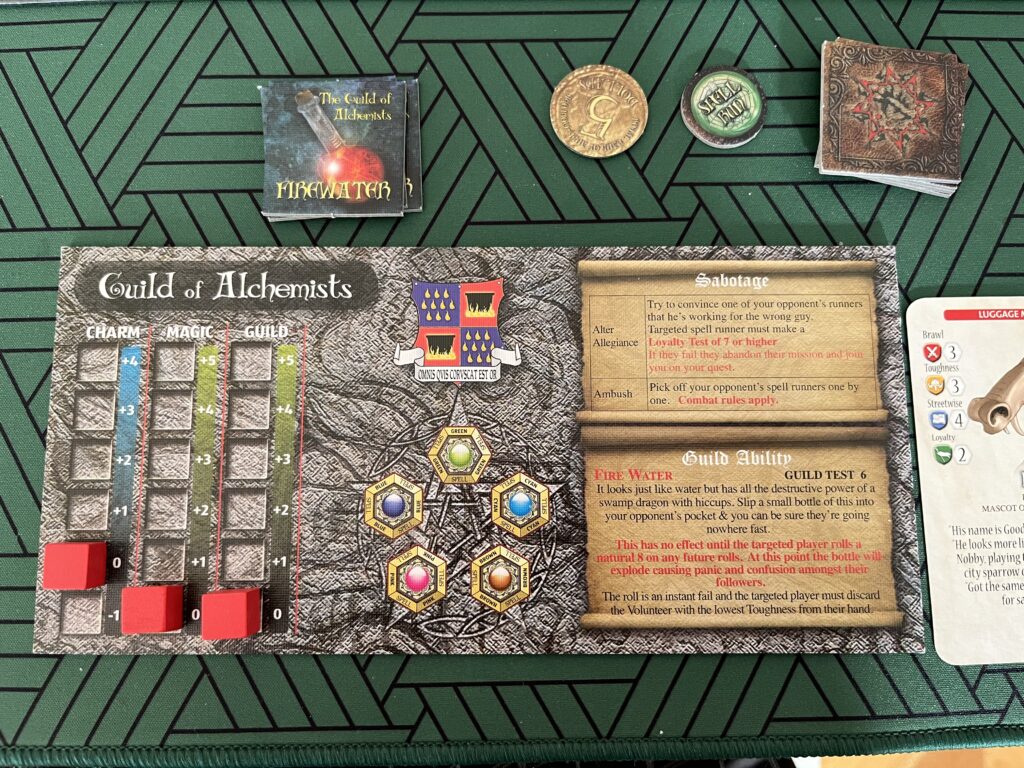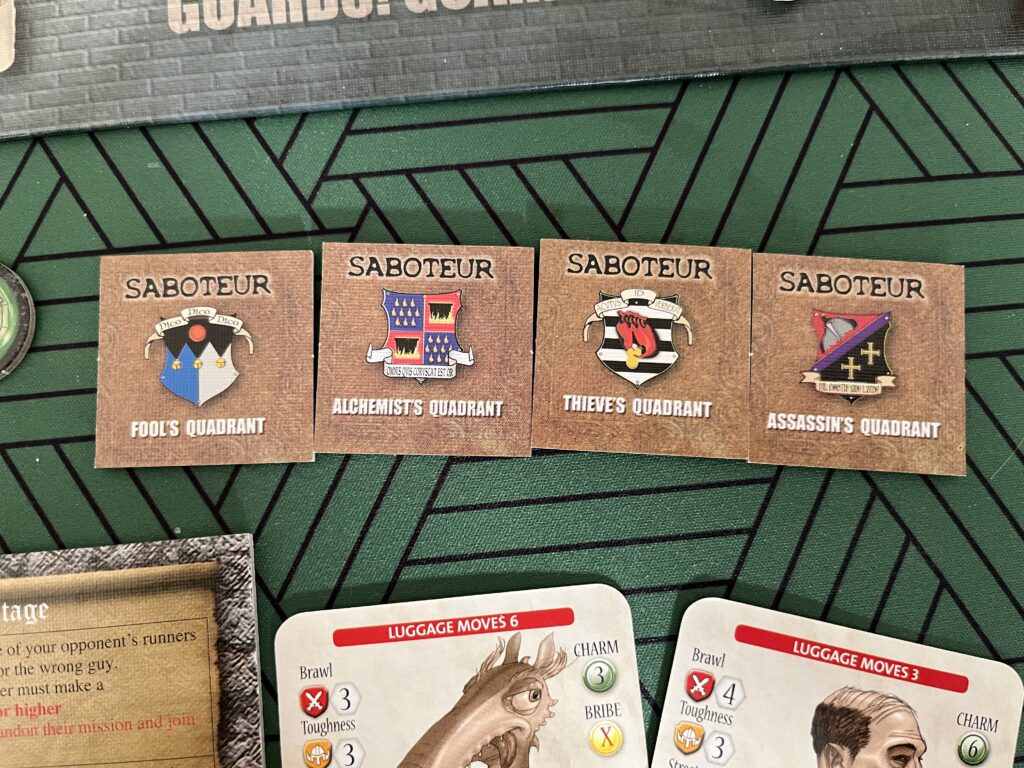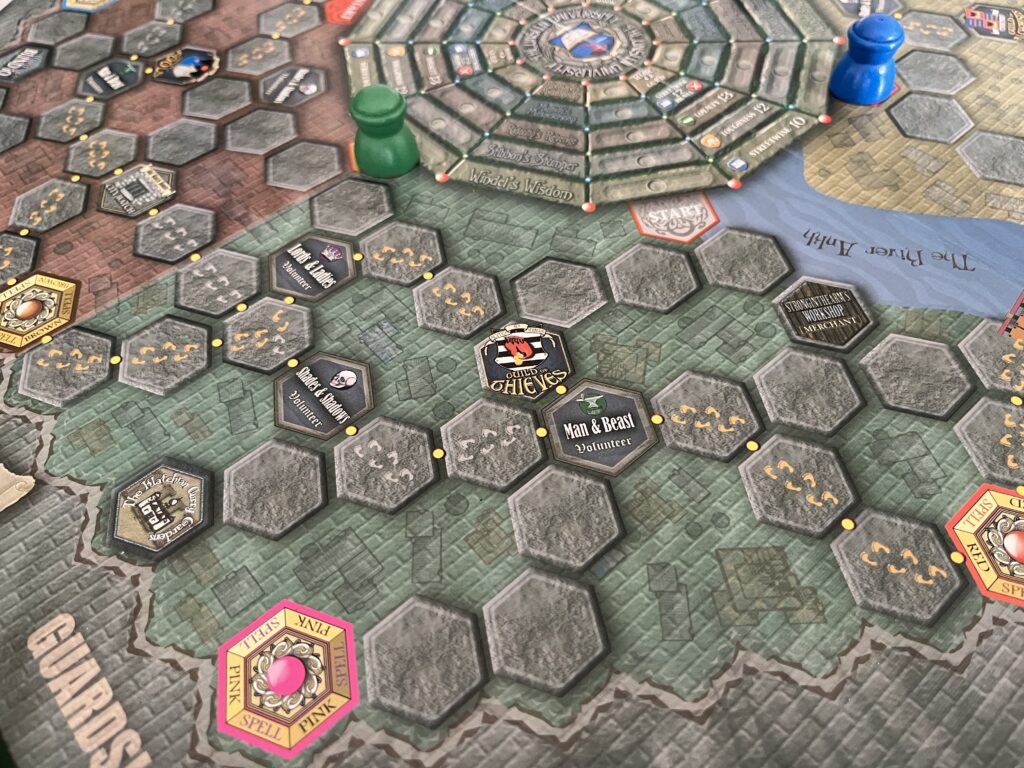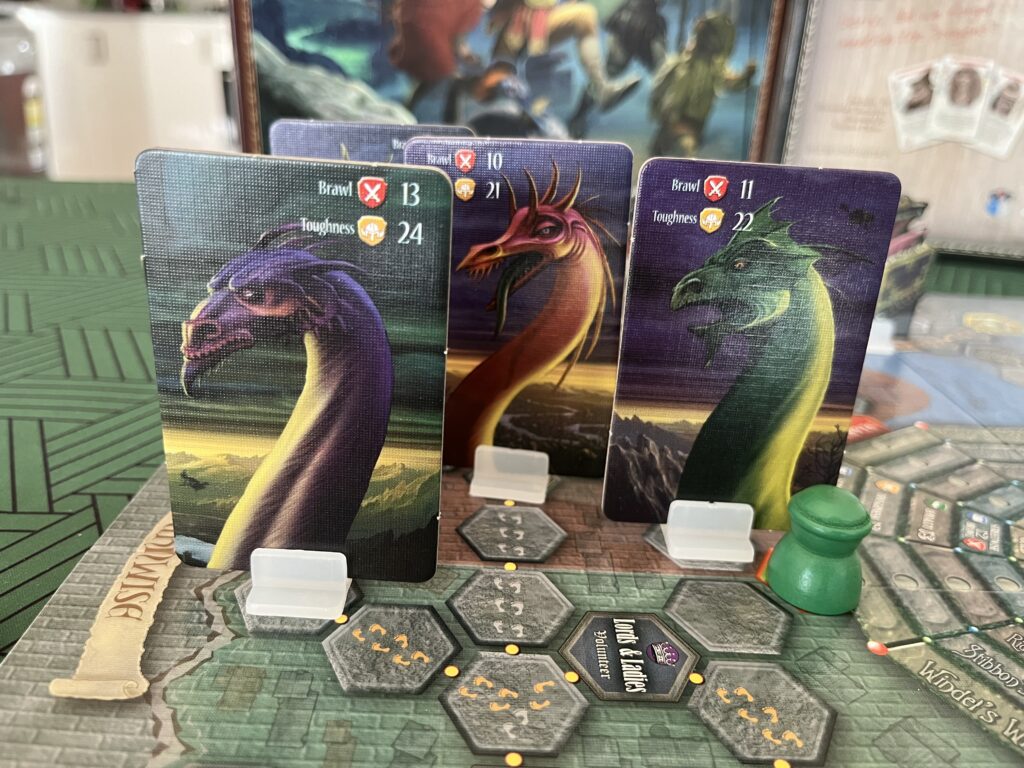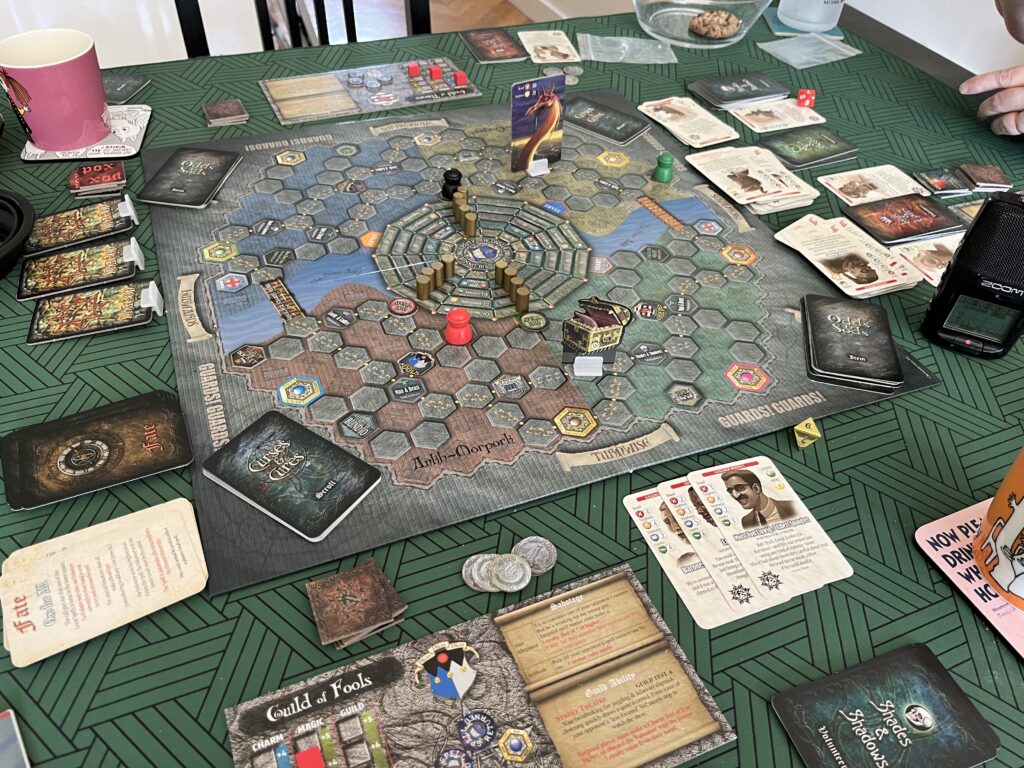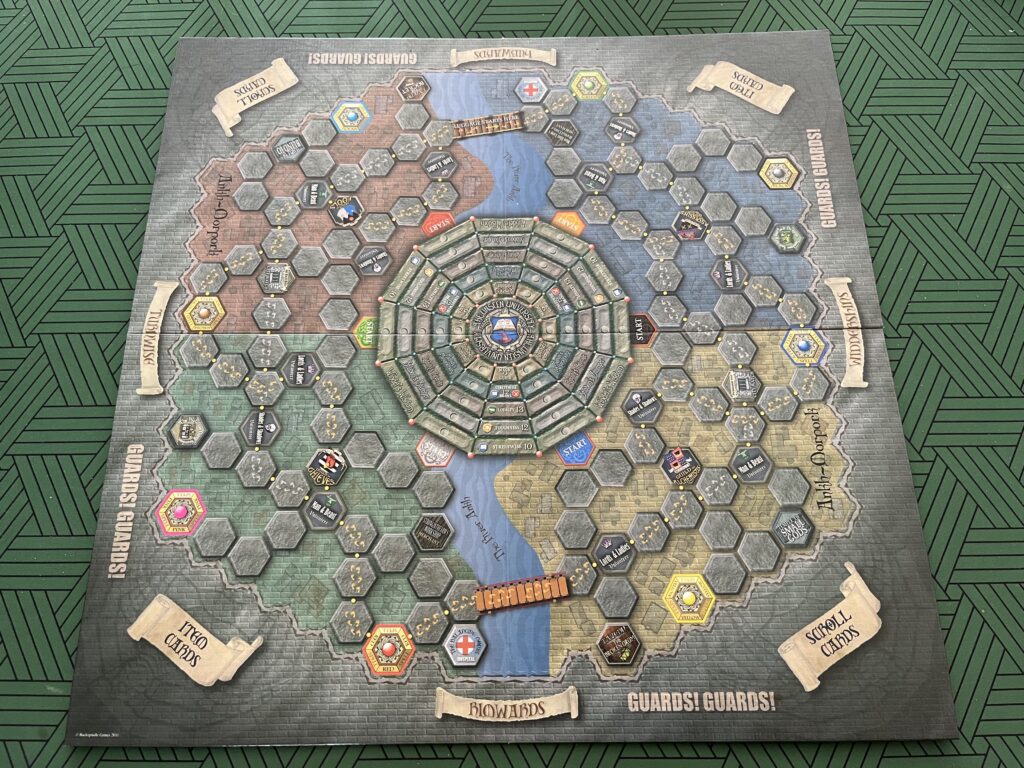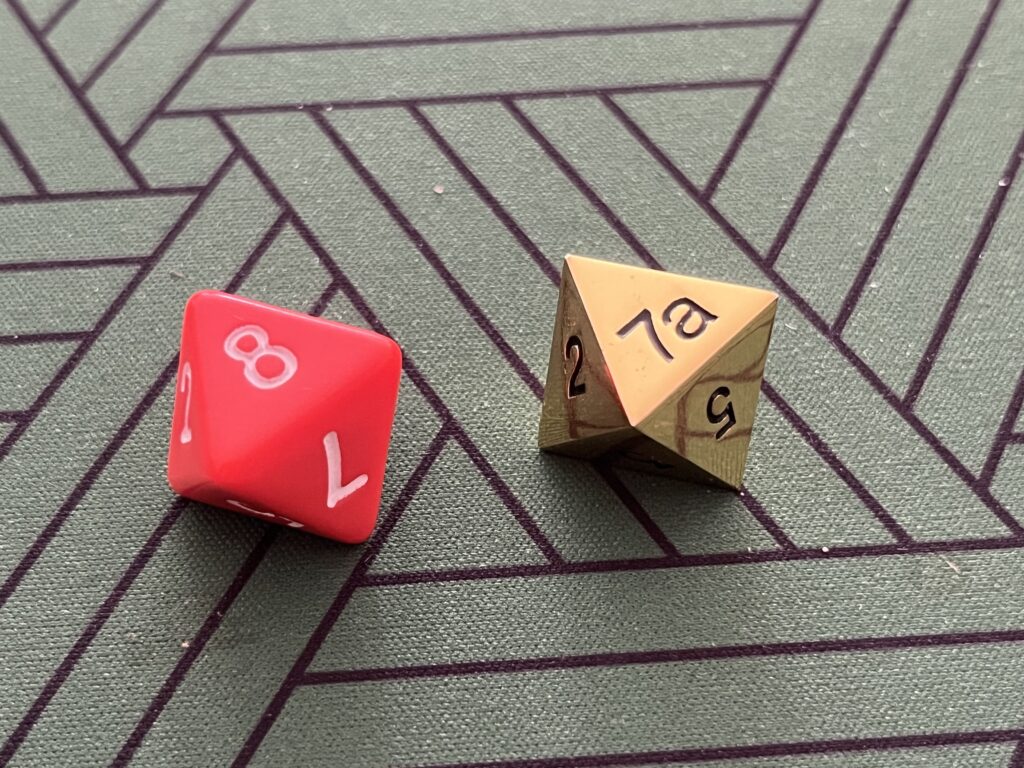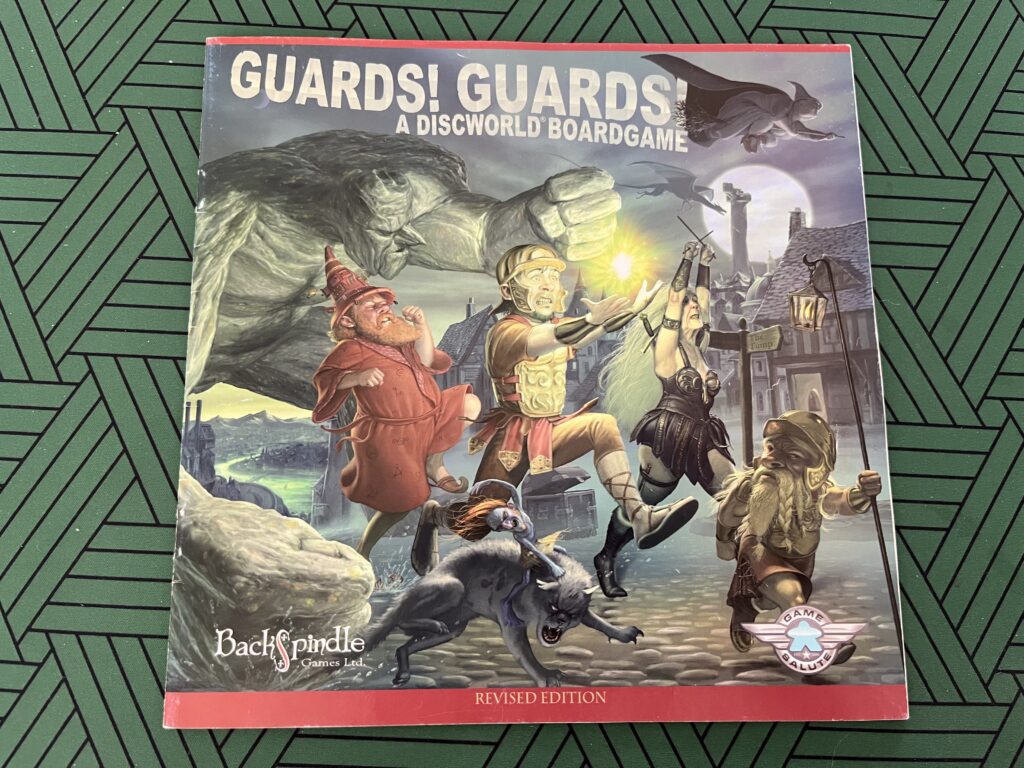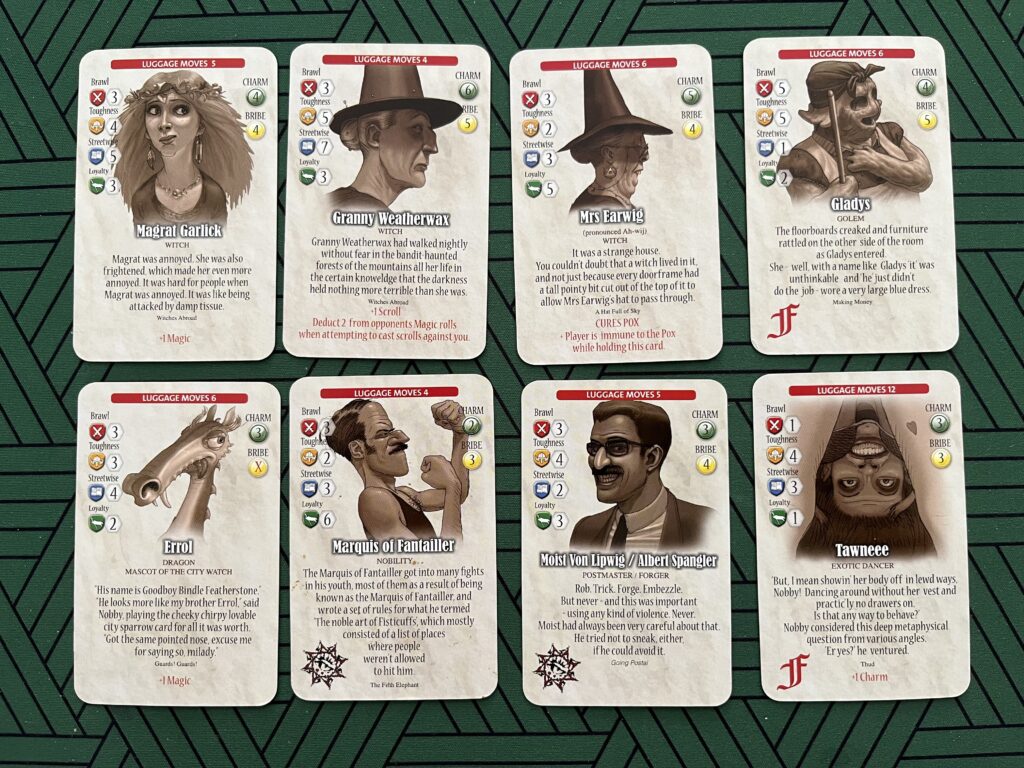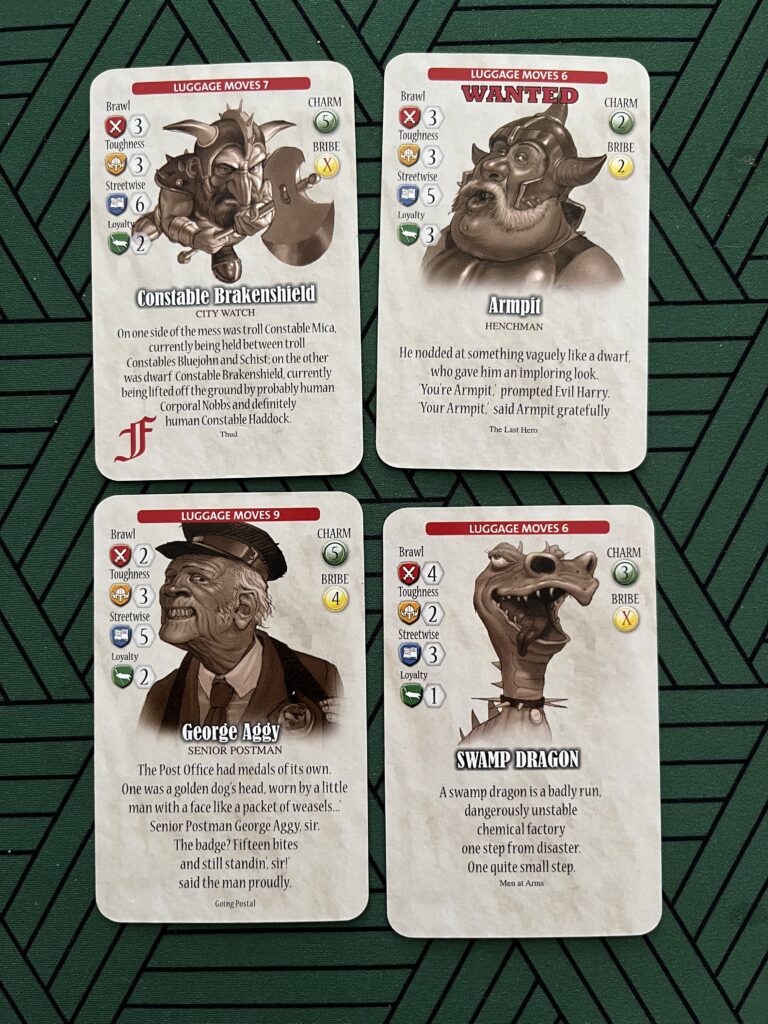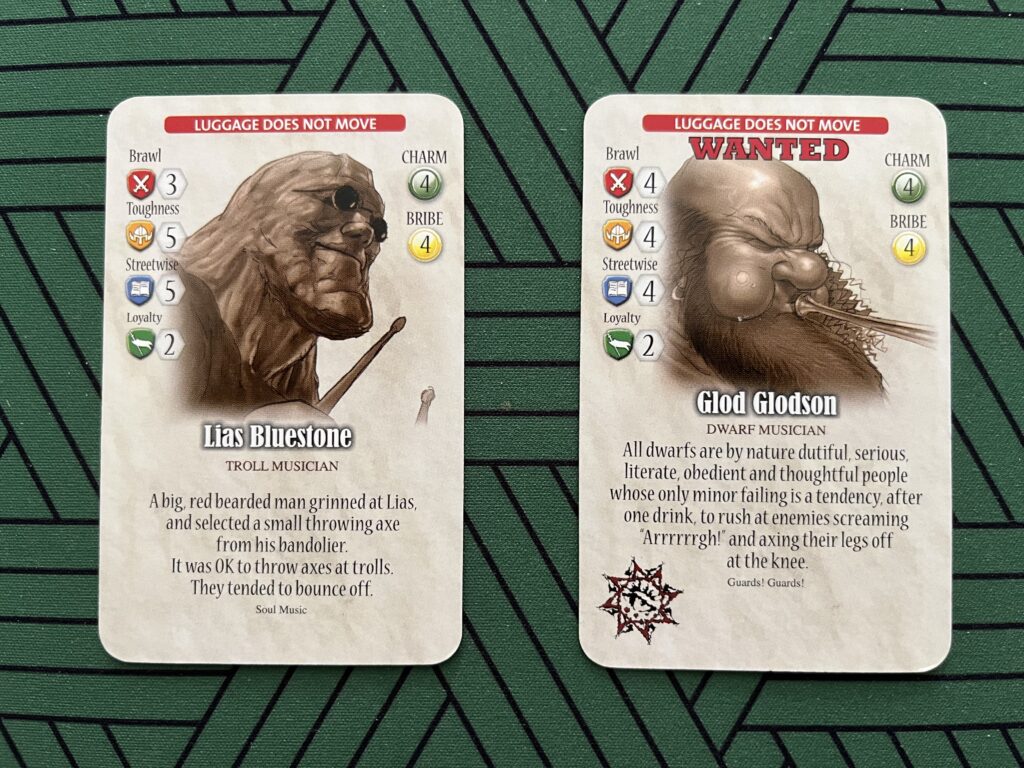#Pratchat83 – This Time for Ankh-Morpork
Liz and Ben are joined by guest Dr Tansy Rayner Roberts PhD (Classics) to chat about fashion, faith, food…oh, and football. Yes, join us for an episode that goes well into extra time (i.e. it’s over 3 hours long) as we discuss Terry Pratchett’s 37th Discworld novel, Unseen Academicals.
The Wizards of Unseen University are still recovering from the Dean’s defection to become Archchancellor of rival Brazeneck College, but they have a bigger problem: if they don’t field a foot-the-ball team, they’ll lose the bequest that supplies most of their dinners. But the sport has become lawless and violent – a game of the streets in which matches last long into the night and players die. And then there’s the fans… But something’s in the air. The game’s about to change, and at the centre of it are an unlikely quartet of junior University staff: Glenda the sensible baker; beautiful and fashion-conscious Juliet; Trev, son of the game’s greatest player; and Mr Nutt, a goblin who’s good at everything – except explaining who and what he is…
The last of the Discworld books to “star” the wizards, and the longest in the series by a fair margin, Unseen Academicals repeatedly says that it isn’t really about football. And, indeed, there’s a lot else going on: new ways for both dwarfs and trolls to express their femininity; the internal voices which hold us back from reaching our potential; the struggle between progress and fairness, of power and the people. And at the heart of it, four brand new characters who represent a side of Ankh-Morpork we don’t usually see in our protagonists: the regular people, caught up in the Shove.
What did you think of Unseen Academicals? Does it have enough football in it, or too much? What are your favourite takes on orcs? What other sports would you like to see come to the Discworld? And do you know where we can get a megapode? Shout out from the Shove using the hashtag #Pratchat83!
Podcast: Play in new window | Download (Duration: 3:16:30 — 90.4MB)
Guest Dr Tansy Rayner Roberts PhD (Classics) (she/her) is a Tasmanian author of sci-fi, fantasy and cosy crime. Her essay series Pratchett’s Women was collected into a book, and her follow up series on Pratchett’s men can be found at the online magazine Speculative Insight. Tansy recently reprinted her “Teacup Magic” series of cosy mysteries, and her newest novel is the time travel comedy Time of the Cat. You can find Tansy online at tansyrr.com and as @tansyrr on social media; you’ll also find her in our previous live episodes: “A Troll New World” (from Nullus Anxietas 7 in 2019) and “Unalive from Überwald” (from Nullus Anxietas IX in 2024).
You can find episode notes and errata on our web site.
Next month we’re looking at a stack of Discworld ephemera – namely both volumes of the Ankh-Morpork Archives, which collect material from the Discworld diaries, and their sibling publication The Discworld Almanack! If you’ve read any of those, please send us your questions via email (chat@pratchatpodcast.com), or social media. Use the hashtag #Pratchat84.
Want to help us get to the end of our six(ish) year mission and read every Pratchett book – and more? You can support us with a tip, or a subscription for as little as $2 a month, and that’s cuttin’ our own throats! See our Support Us page for details.

